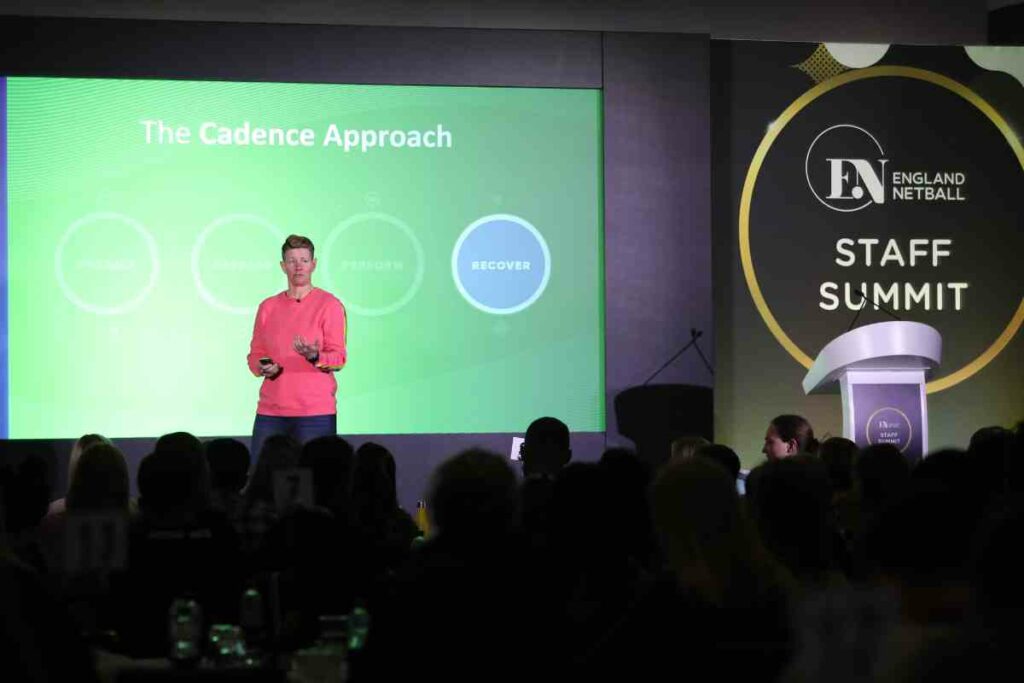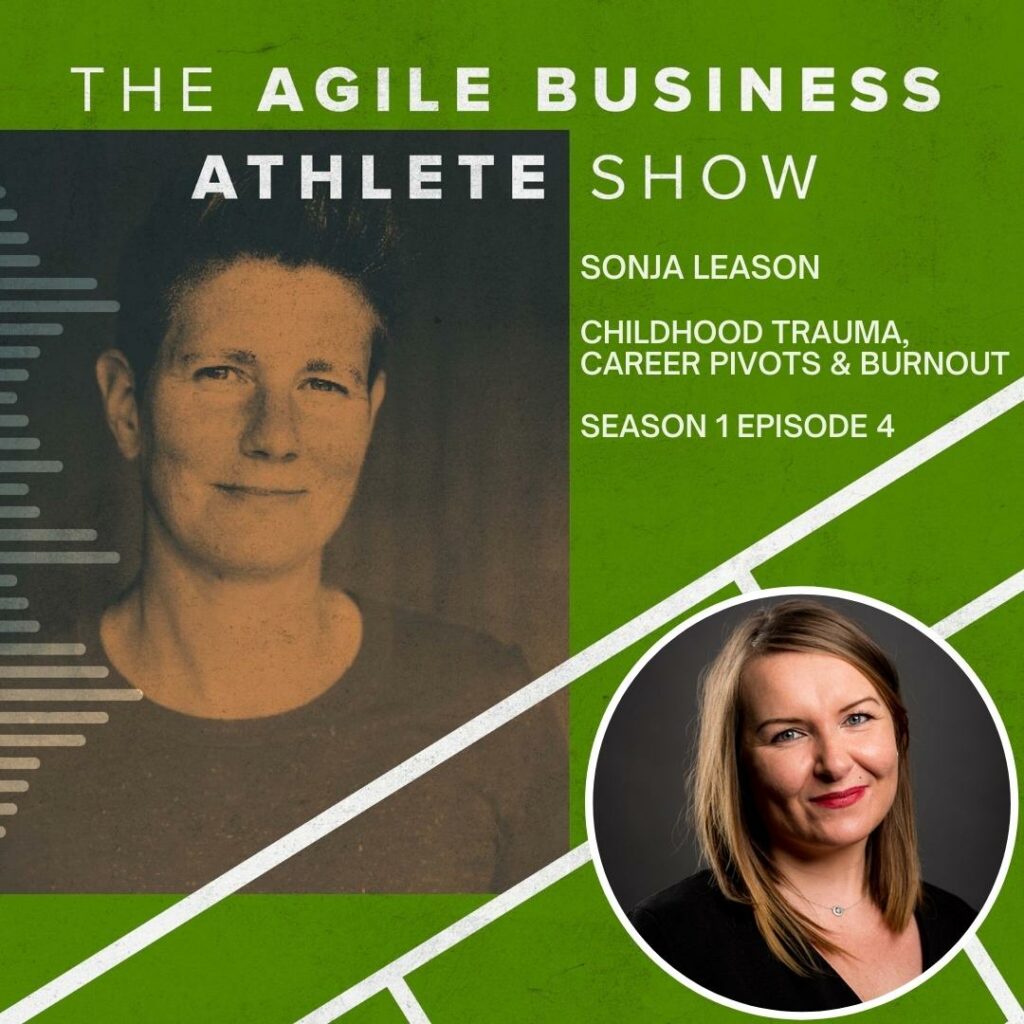In this limited series, I’m breaking down my conversation with Warren Munson on his podcast, Evolve to Succeed. Part 1 was all about how my own experiences led me to a career in wellbeing – particularly in the corporate space. This time, we’ll delve deeper into burnout signs, causes and prevention using my signature Cadence Approach.
“What other signals and signs do you see in burnout that indicate we should start paying more attention to our wellbeing?”
There are many things that contribute to burnout. For example, the number of hours you’re working. It could be the type of work you’re doing and how meaningful that is to you. Perhaps how connected you are to other human beings; the quality of your social relationships. Or simply the erosion of hope. We are starting to appreciate more in the working world that people can be burnt out and that might not entirely be down to the job.
When are your Wimbledons?
A question I often ask at my keynotes is, “When are your Wimbledons?”. Nothing to do with tennis. When are the big events coming up in your life, both professionally and personally? And how can you get ready for them? I did this recently with a pharmaceutical company, we got everyone to write them on a piece of paper as a visual reminder. And in fact, most of the events were personal. House renovation, new baby, divorce: things that require a lot of energy from that person. And of course that’s going to affect how they work.
A really interesting insight, there: what is potentially affecting the energy, mood and motivation of your people actually has nothing to do with the amount, volume and intensity of the work you’re giving them. So, if we can make allowances for that, give people the resources they need, or even just ask how things are going, it will make a huge difference in terms of burnout prevention.
“What do you think the current state of wellbeing amongst business owners and leaders is?”
The data is certainly showing burnout is on the rise, probably driven by this necessity to perform. Not to mention the other confounding variables: cost of living, cost of heat and power and food etc. Particularly if you’re a relatively small business owner, all of these things are going to be really impactful. And that’s what we respond to with the content we produce, how to sustain high performance whilst managing everything else, because businesses still need to run.
“Could you just tell us a little bit about your Cadence Approach?”
This idea came about as I was considering how to achieve both high levels of performance and burnout prevention. There are all kinds of reasons many of us think we need to be performing at high levels all year round. But that expectation simply is not manageable. Now, you might be able to do a few weeks, months, or even years at that pace, but in the medium to long term it isn’t sustainable. And when we think about this from an athletes point of view, they’ll anticipate a big event they want to perform at. They will prepare by making some small changes that’ll have a big impact on their ability to perform. They’ll get that thing done, and then they’ll get this little bit of recovery. And then they’ll go again.
The Cadence Approach
It’s a really helpful model, because business could be described as an endurance sport with occasional sprints. Or perhaps frequent sprints. So, wouldn’t it be effective to see ourselves as business athletes? We could anticipate when our energy might be needed – or predict – and take steps to prepare, perform, and then recover. And those very simple four steps for managing energy are what we call the Cadence Approach.
Interested in sharing the message of Cadence with your teams?
Leanne’s wellbeing keynotes are ideal for conferences, senior leadership meetings, and sales kick-offs. If you’re interested in having her along to talk at your next corporate event, get in touch.


